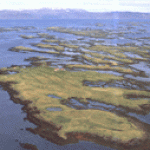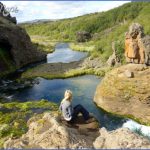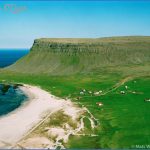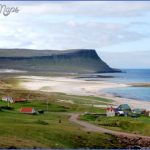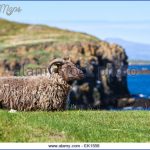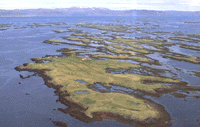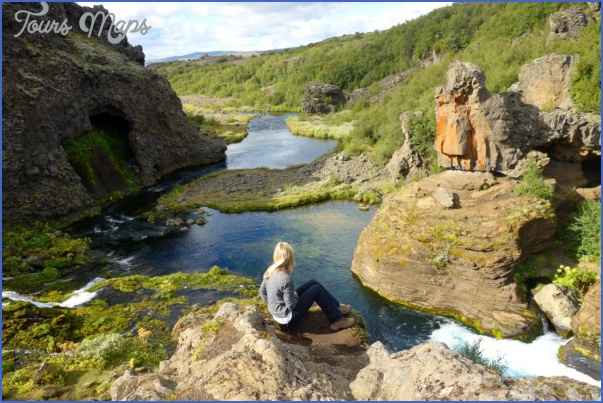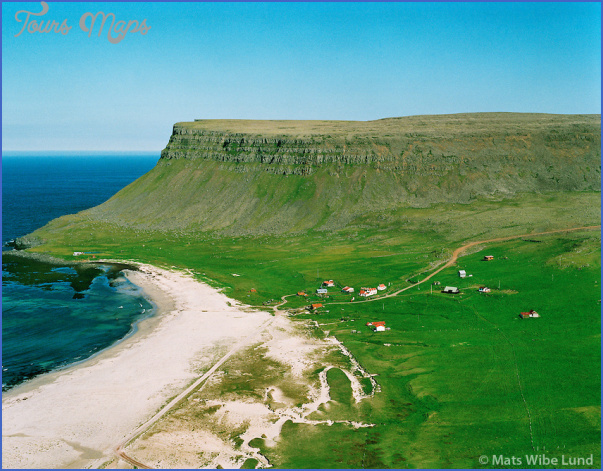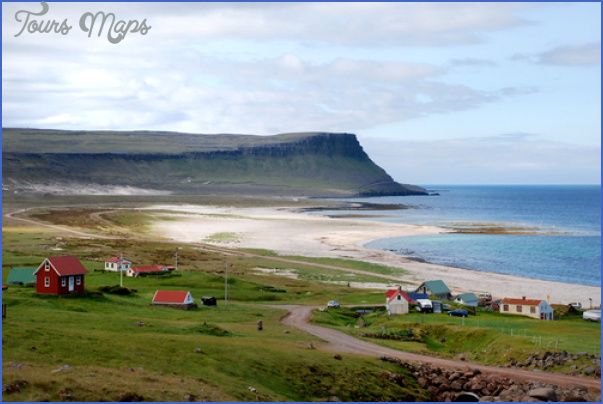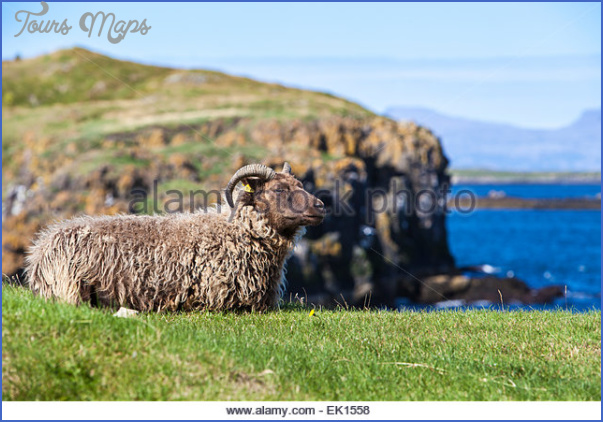It’s late evening on Hvallatur Island off the west coast of Iceland and I’m watching dainty Black Guillemots swim amongst the tangled olive-green seaweed in the shallows around its rocky shore. Haunting calls from wading birds drift this way and that on the wind while snipe zip overhead, climbing and diving in the still-lit sky, their tail feathers humming to advertise their island breeding spots below. It is mid-June and it will soon be midnight but it won’t be getting any darker and in a couple of hours the light will be gaining once again. Hvallatur is around 50 km south of the Arctic Circle so it’s not quite 24-hour daylight. Instead, the few small hours assume a dim, blue-grey half-light, enough to be able to see what’s around but not clearly.
An icy breeze blows while the still snow-capped mountains visible on the Icelandic mainland add to my summer feel of chill. Ironic, then, that I’ve come here to take part in the annual collection of one of the most insulating natural materials known, a rural industry established for over 1,000 years. Eiderdown collecting. It was an experience I later recounted in the CNN Traveller and The Telegraph magazine.
Hvallatur Island Photo Gallery
To get here I had driven from Iceland’s capital, Reykjavik, north to the pretty little port town of Stykkisholmur to get the late afternoon ferry which crosses to Brjanslaekur on the Sn$fellsnes peninsula much further north. The ferry calls at Flatey Island en route, a little over halfway across the wide (and cold) expanses of Breidafjordur Bay. On Flatey I met my contact, Thorvaldur Bjornsson, a taxidermist at Reykjavik’s Museum of Natural History, a part-time eiderdown collector and – as I was later to notice – an inveterate user of snuff (I mention it only because I have met no other snuff users).
From Flatey it was more than half an hour northeast in a RIB to Hvallatur island. Thorvaldur and his wife, along with six other families, own Hvallatur island and its only habitation, which they use as their summer base. Hvallatur is the main island, but altogether they own 200-300 uninhabited tiny islands and islets out here in Breidafjordur Bay. At low tide it is possible to walk between some of them; others necessitate the RIB to get access by sea. I’m here to spend a few days with them to see first-hand how eiderdown is gathered.
Maybe You Like Them Too
- DUBAI UNITED ARAB EMIRATES
- Anniston Map
- Wildlife Travel Guide
- Wildlife Travel To Alonissos
- National Wildlife Travel

